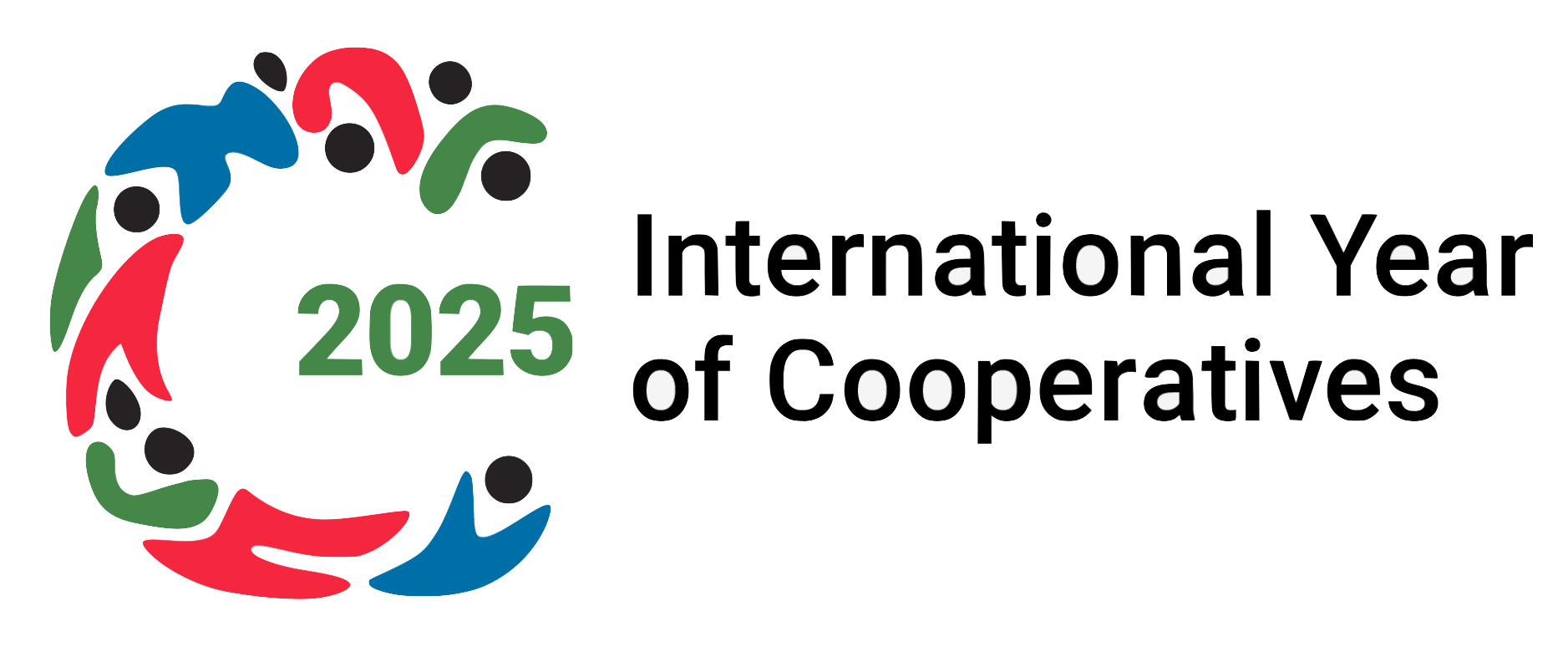Premise
The elections to renew the European Parliament took place on the 26th of May in a general climate of political polarisation and growing interest for EU topics across Europe. The issues of migration and Brexit occupied most of the public discourse shifting the debate to a few specific semantic axes : “in” and “out” the EU, in terms of membership; “in” or “out” in terms of refugees and migrants flows, and in general, what the EU is giving to, or taking from, its citizens.
In spite of a myriad of opinions on these issues, the limited knowledge of European governance and competencies among voters in general, matters related to stronger focus on key EU policies, EU related current affairs, and the burgeoning discussions on the EU institutional framework, generated the highest turnover (51%) since 1979 which incidentally was the year when the European Parliament was elected by universal suffrage for the first time.
For the second time after the 2014 elections, all Europe-wide political parties represented in the European Parliament decided to lead their campaigns across Europe playing by the Spitzenkandidaten (lead candidates) rule for the job of new President of the European Commission (EC). By choosing a specific cross-national & politically identifiable person, the lead candidate system aims to approach the decision-making process on the nomination and election of the EC President to the political representation in the European Parliament (elected by universal suffrage).
European political parties laid out their political priorities, manifestos and resolutions, and nominated their lead candidates earlier in the winter 2018-2019.
The process of deciding who the President of the European Commission will be is however mitigated by Treaty Rules, which foresee that the European Council (Heads of State and Governments) nominate, by a qualified majority, a suitable person taking into account the election results.
Subsequently, the newly elected European Parliament will take a vote by absolute majority on the candidate nominated by the Council (President-designate).
The election results of the new European Parliament
The elections results show an unprecedented configuration within the Chamber: the European People’s Party (EPP – conservatives) and the Party of European Socialists (PES/S&D – Socialists and Democrats) scored 24.23% and 20.51% of the seats respectively. These results do not allow for a coalition to be established on the election of the Commission President-designate, as it had happened in 2014.
With a higher score established by Renew Europe (formerly ALDE – liberals) and the European Greens, a wider cross-party agreement on the election of the President of the European Commission remains to be found.
While the far right rose at national level, several political groups they formed in the Parliament puts them in a very weak bargaining position.
The institutional calendar of the nomination-election process of the President of the European Commission sets the nomination by the Council ahead of the first Plenary Session of the European Parliament, so that the Parliament can elect or reject the President-elect.
The proposal by the European Council on the 2nd of July is Ursula von der Leyen (EPP), current Minister of Defence of Germany. This choice indicates that Member States chose not to follow the lead candidate process.
The European Council will propose a list of Commissioners-designate (one per Member State) to the Parliament in September. The Commissioners-designate will go through the relevant European Parliament Committees hearings for a thorough vetting procedure (where MEP’s will be able to ask them questions) on the topic of their potential portfolio and will be then elected by the Chamber as a whole (election of the entire college).
The campaign for CECOP
In the spring 2019, CECOP’s Members and Board jointly agreed on the EU Elections Manifesto, which lays down seven political priorities for cooperatives active in the industry and services, around four main focus areas: democracy at work, promotion of social Europe, cooperative solutions in the Future of Work, resilience of the cooperative model. In the light of our claims and our calls for more democracy inside and outside the workplace, we analysed the political manifestos and election resolutions of the European political parties taking part in the race. We observed that the Party of European Socialists and the European Greens put forward cooperative-friendly stances during the campaign with regard to workers’ buyout, support to the social economy and economic democracy in the workplace. CECOP was able to contribute to some of the drafting process, i.e. the PES resolution on social affairs.
Our Manifesto was successfully disseminated to relevant stakeholders in the EU institutions, elected officials, and shared widely through a social media campaign.
Moreover, we established fruitful collaborations during the campaign by feeding into political messages from partners, such as Cooperatives Europe, all the cooperative sectors at the European level, Social Economy Europe, Social Platform, and an informal network of social enterprises and microfinance institutions.
Finally, by cooperating with the European Youth Forum, we contributed to their youth vote and to the European Movement International’s “On Our Watch” comparator tools.
Next steps for CECOP
CECOP’s objective is to pursue the political priorities laid down in our Manifesto by using it as roadmap. To achieve this objective we have two short-term goals: firstly, together with Social Economy Europe and other partners we will fight for the European Parliament Intergroup on Social Economy to be re-established; secondly, by collaborating with partners and other civil society organisations we will try to influence the hearings of the Commissioners-designate in our field.
In general, our advocacy activity will be coordinated within the cooperative family with our inter-sectoral organisation Cooperatives Europe, with Social Economy Europe, with the Social Platform and the partners of the “Stand Up for the Social Pillar” alliance.







 Employment & Social Inclusion
Employment & Social Inclusion  Entrepreneurship
Entrepreneurship Sustainable Growth
Sustainable Growth 

